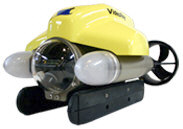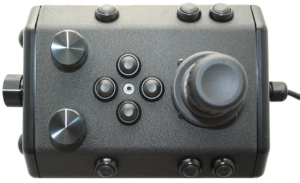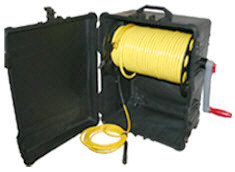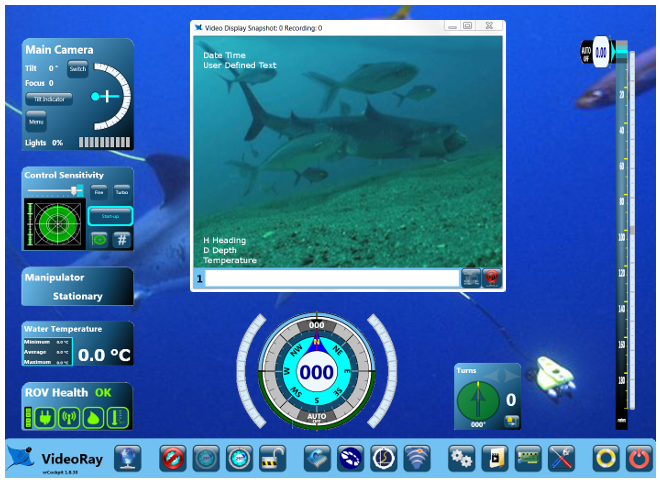Use in Contaminated Water or Other Liquids
The information provided here is solely to alert you to the possibility of these dangers and is not a comprehensive treatment of this topic. You should seek professional advice from experts for the conditions in which you plan to operate if you must operate in anything other than naturally fresh or salt water.
Use of VideoRay equipment in contaminated water or other liquids is not recommended and damage to the equipment from operating in such conditions is not covered under warranty. USE PPE (Personal Protective Equipment)If you think there is the possibility of contaminants in the water or liquid in which you are operating, Personal Protective Equipment appropriate for such contaminants is strongly advised. Bio-HazardsBio-hazards include both working in potable water and ensuring bio-hazards are not introduced into the water system by the ROV (see the section on Use in Potable Water), and working in bio-hazard contaminated water such as in or around water treatment plants or effluents. Equipment Decontamination after Use in Bio-hazard Contaminated WaterStandard post-dive procedures call for soaking the ROV and tether in fresh water for at least 30 minutes. In situations where the equipment is used in water suspected to contain contaminants, you can follow the US EPA guidelines for divers and dive equipment.
Chemical CompatibilityThe following is a list of materials used in the exterior portions of the vehicle and tether:
Use of VideoRay equipment in liquids other than water should be checked against standard chemical compatibility charts, available from a variety of sources such as Cole-Parmer. For situations where poor chemical compatibility ratings exist, it may be necessary to avoid use altogether, or replace parts after use. For more information about chemical compatibility, contact VideoRay. Additionally, post dive procedures such as those in the US EPA guidelines for divers and dive equipment, or other more aggressive procedures may be employed to clean the equipment after use. You should also check the chemical make up of any cleaning agent to ensure that it does not react adversely with the equipment.
Volatile Environments
|
|
|
|
Pro 4 Operator's Manual












